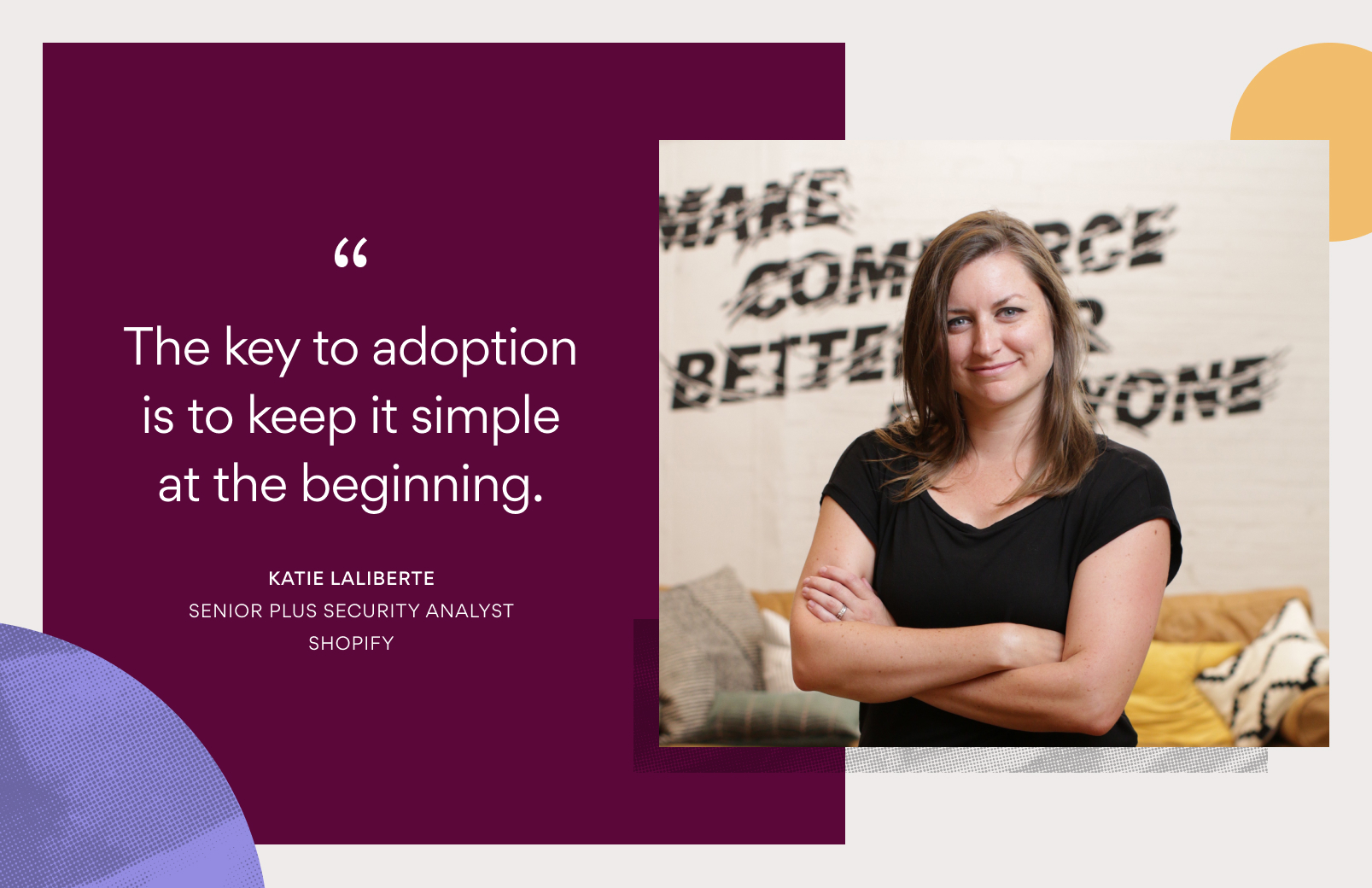5 powerful tactics we use to achieve great teamwork
Earlier this year, our co-founder Justin gave a talk about Asana’s values and practices as part of Stanford’s “Entrepreneurial Thought Leaders” series. Following the positive feedback on our recent video post on the Asana way, we wanted to share a few excerpts from Justin’s talk more broadly.
These videos highlight the values and cultural practices that have led to great teamwork at Asana. We hope a few of the ideas resonate and you can adapt them for your own team.
All-hands TGIF
Every other Friday, we take some time after lunch for the entire Asana team to get together in a circle. Each person says one thing about the company that they’re excited about and one opportunity for improvement. By the end, we are typically on a high together. This practice inspires us to continue our hard work.
Finding the Middle Way
Almost every time you are faced with a decision, there are typically two different solutions that fall at the extremes. Leaders are usually tempted to just pick one, or to look for a compromise that gives you half of the benefits of one and half of the other. But often, you can apply ingenuity to find a Middle Way that transcends the extremes and yields full benefits beyond both extremes.
Five Whys
When something doesn’t go according to plan, we do an exercise called “Five Whys.” For instance, the site crashes, so we ask, “Why did the site go down? We ran out of memory. Why did we run out of memory? We didn’t have monitoring code. Why didn’t we have monitoring code?” By the time you get to your fifth “why,” you find the root of the problem. That’s when you look for proportionate responses.
Roadmap Week
Every episode we set aside a week for Roadmap Week when the whole company largely stops doing “normal work” and instead everyone participates in several planning committees, one for each major part of the company. It’s up to the committee to put forth goals and a plan for the next “episode.” We trust committees to collaboratively make good decisions.
DRI (Directly Responsible Individual) & Company Calendar
For any task, large or small, there is exactly one person — not zero, not two — one person who is the “DRI,” a term we borrowed from Apple. Even though this individual is not usually working alone, having a DRI ensures there is always someone accountable for driving each task forward.
We’d love to hear more about the practices that your team values in the comments.

